Being a growing artist is easy! – Said no one, ever.
Everyone who’s ever been interested in art has seen it happen. The dreadful moment when an unsuspecting person redraws or reposts someone else’s art without credit or permission.
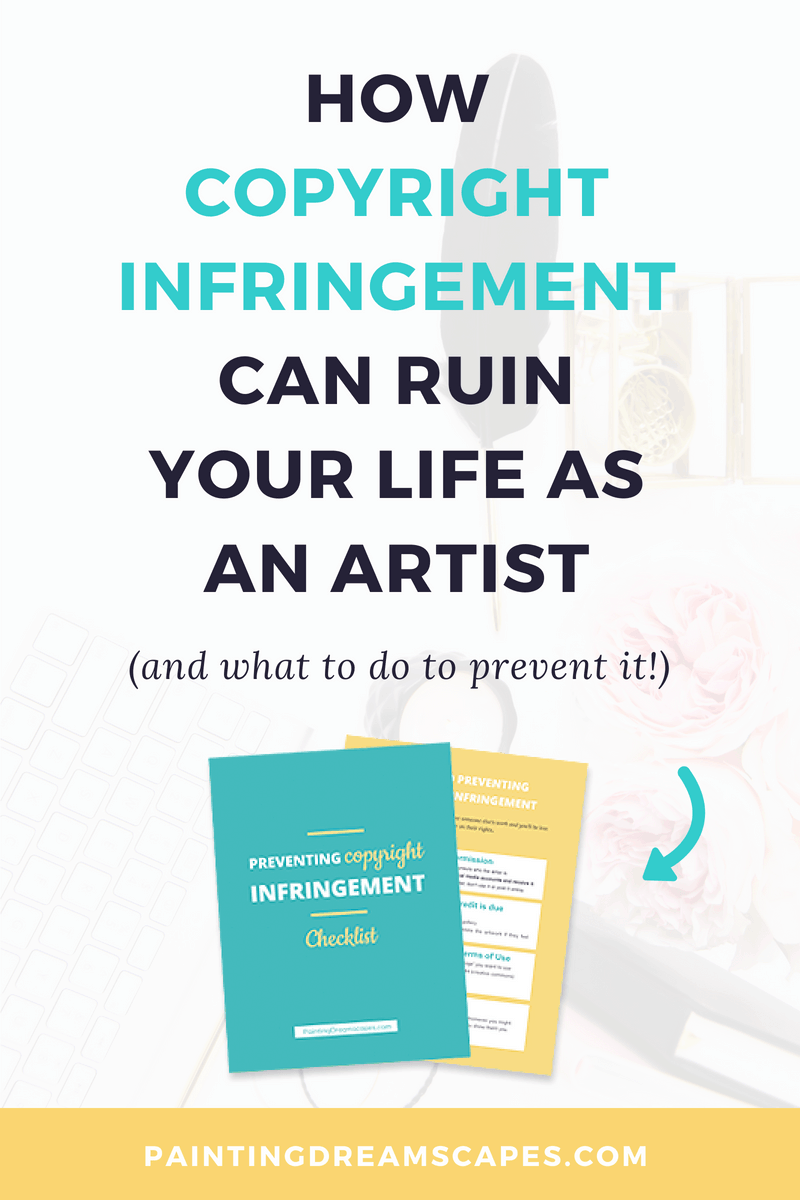
Once word spreads of what this person has done, all hell breaks loose. Everyone flocks to their account, pitchforks up in the air, ready to flame them for stealing someone’s art.
Some politely ask them to remove the work. Some tell them to credit the artist. And some tell them… to burn in a fire.
It’s a terrible experience for everyone involved. This usually causes that person to vanish off the face of the internet for a long time. Many of these were growing artists that simply didn’t know better but meant no harm.
But, because of this, they never nurtured their love for art or improved their skills. They’re still too afraid to share their own creations with the world, in fear that those people still remember that they once made a mistake that cost them more than just mean comments from strangers.
You could end up in that same situation if you don’t know how to avoid it. Strive to learn the basics of copyright and respect other people’s intelectual property as much as yours. You don’t want to add unnecessary obstacles and stress to your path as an artist.

HOW TO AVOID COPYRIGHT INFRINGEMENT
and leave the drama for another llama!
1. ASK FOR PERMISSION FIRST!
One of the most common ways newbie artists have to practice and get in contact with art is by recreating other people’s artworks.
If you’ve decided to practice by recreating an existing piece of art made by someone else and you want to post your result online: you need to ask the artist for permission.
Note: always make sure to get written permission and keep a copy of it. You’ll need it to prove you have permission to use the work!
How can you find their stance on people using their art and/or ask for permission?
- Ask them on their online galleries such as deviantART, their Facebook page, their Instagram account or any other social media platform they are in. If they don’t reply, that does not give you the right to post it online.
- Look around their galleries and websites to see if they have any FAQs that specify if and how people are allowed to use their art.
- Check for any copyright notices around the artworks. In some cases, certain artists specify that you are not allowed to use their art without their written permission, or at all. Keep an eye out for these, as they will be key to know if you can post your work or not.
- Have other people asked for permission to recreate that piece? Did the artist give them permission to do so? Was the artist happy to see others practice by eyeballing their artwork? These don’t constitute permission, but they’ll give you an idea of how likely you are to receive it from the artist if you ask for it. It also shows you whether that artist is happy or upset about people doing so.
If the artist doesn’t state anywhere that you can’t use their work, openly prohibits the use of their work in any way and you don’t have permission to use their work: do not post it online.
2. ALWAYS CREDIT THE ARTIST!
I strongly advice you against posting your recreated works online if you don’t have permission to do so. However, should you decide to take the risk and post it online: always credit the artist and link back to the original artwork!
It’s not alright to use someone’s art without permission, but if you also fail to give credit where credit is due, you are unknowingly claiming ownership and copyright over the artwork. This could result in a whole lot of trouble.
Apart from crediting them and linking back to their original artwork, you should tell them about your piece. Show your recreated work to the artist. Let them know you are a fan of their work. Hence, why you decided to practice your skills by recreating their work, in order to learn from them and become a great artist like them.
Make sure to clarify that you’d be happy to remove the work if they want you to. Doing this will make the artist feel safer. They’ll know that your intentions are not to steal their work but to learn from them, and that you’ll remove the piece willingly if so they wish.
There’s a huge difference between these two scenarios:
- The artist finds out about you copying their work without crediting them or asking for permission. They feel you’re out to steal their art and profit from their hard work. Depending on the situation, they may request you to remove the artwork or have the website do it for them. This would put your account at risk of being banned. And…you may be labeled as an art thief and get plenty of unkind comments from that artist’s followers.
- You asked for permission to recreate that artist’s work, credited them and linked back to the original work. Made it a point to tell the artist you recreated their work because you look up to them. Specified that you’d be more than happy to remove your piece if they don’t feel comfortable with it. While every artist is different, I can tell you that most of them will feel happy to see you trying to learn from them, respecting their rights and not trying to cause them trouble.
Note: I don’t recommend you to post anything online if you don’t have the permission to do so! You’re the only one responsible for your actions.
Note 2: Crediting the artist DOES NOT replace written permission to post or use the art. You can get in trouble if they deem you’ve infringed their copyrights. Yes, even if you’ve credited the artist.

3. UNDERSTAND THE TERMS OF THE LICENSE BEFORE YOU USE A “FREE IMAGE”
Every so often I come across someone reposting my art without crediting me for the art. In most of the cases, they haven’t altered the artwork (BTW, don’t alter people’s works without permission!). And I can’t help but wonder why they decided not to credit me if my watermark is visible on the piece. Adding credits or a link back to me would save us both a lot of trouble, but they decided against doing so. My inner curiosity always gets the best of me. So I ask the person why they used my art without permission or credit. I always get the same answer.
“I found it on Google and I didn’t know who the artist was”
Most of the times, the watermark of the artist will be somewhere in the piece. That alone can tell you who the artist is and where to find them. But, what I want to focus on here is the common misconception that finding something on Google somehow equates it being ‘copyright free‘.
Google is a search engine. Its algorithm analyzes the keywords you used in your search to give you the most fitting results. Google might show you a lot of results if you look for “Free images” but it’s your responsibility to check whether those results are actually copyright free or not. You can’t use them on the premise that they were a Google result for “free images”.
If you want to know if you can use an image, you need to know its licensing terms.
Types of Licenses:
- Public Domain: “The term “public domain” refers to creative materials that are not protected by intellectual property laws such as copyright, trademark, or patent laws. The public owns these works, not an individual author or artist. Anyone can use a public domain work without obtaining permission, but no one can ever own it.” (Source and more information on Public domain). If the image you want to use is officially in the public domain, you can use it as you see fit.
Note: It’s important to know that, for example, while Lewis Carrol’s Alice in Wonderland book is public domain, Disney’s version of Alice in Wonderland is not. So, be careful and make sure to only use material that is confirmed to be public domain.
- Creative Commons Licenses: these are licenses that the authors give to their works in order to allow others to use their work while retaining full copyright to their creations. These licenses give you permission to use the work in certain ways. Below are explanations of what each term used in Creative Commons licenses means:
- BY: (often called ‘Attribution’) You must attribute or credit the artist or author that created the artwork you’re going to use.
- NC – Non Commercial: You can’t use the material for commercial purposes. You are not allowed to profit off the material.
- SA – Share Alike: Your use of the material will carry the same license as the original material. If you use the material for your own project, your project will also be licensed under a Creative Commons Share Alike license. This will grant others the permission to use your project on their own projects and so on.
- ND – Non derivative: You can use the material so long as you don’t alter it in any way. You can’t modify, tweak, crop or build upon the original material, you have to share it as is, whole.
- CC0: you can use the material as you want, no attribution required.
You can read more about Creative Commons Licenses in CreativeCommons.org
- Royalty-free: this is a type of license that grants you permission to use copyrighted material without having to pay royalties to the copyright holder everytime you use it. It usually requires the payment of a one-time fee. Many people see ‘Royalty-free’ and assume it’s free to use, but it only means you won’t need to pay royalties if you purchase the license.
Google images is not a source of uncopyrighted material. Even the resutls of “free images” or “free to use images” might have copyright. Therefore, you could be infringing it by using that work without the right license.

4. ACKNOWLEDGE AND AMEND YOUR MISTAKES
Sometimes we may still mess up and infringe others’ copyrights. If you’re ever in a situation like this and people are accusing you of stealing or misusing someone else’s artwork, think of the best course of action.
Do you have the right permissions to use that work? If you don’t and people call you out on it: acknowledge and amend your mistakes. Don’t try to excuse your use of the work if you don’t have a license to use it. Or if it doesn’t fall under actual Fair Use. The best thing you can do is acknowledge that you made a mistake but intended no harm and apologize to the artist.
Apologizing for your mistake can do you a lot of good. People are quick to grab their pitchforks, but they are also quick to forgive and forget if you show them you’re determined to make things right and not misuse others’ works again.
This is really important if you want to have a good reputation as an artist. Being flagged as an art thief early on can have devastating consequences in the long run. If you did something wrong, do your best to make it right as soon as you possibly can.
Upsetting fellow artists by misusing their art won’t do you any good either. It’s in your best interests to be on their good side and make as many artist friends as you can. Not only will it help you improve your skills by surrounding yourself with people who share the same interests as you, but it will also feel a lot more welcoming!
5. EDUCATE OTHERS, SAVE THEM THE TROUBLE
Now that you know how to avoid copyright infringement, you should educate others on the matter to prevent them from making the same mistakes. Protect them from being the target of upset artists and fans. Protect them from distancing themselves from art out of fear and shame.
You may be the one at risk of infringing someone’s copyrights right now, but in due time you’ll be an incredible artist. When that time comes, you’ll be the one coping with people constantly misusing your works. But you can help reduce that if you educate people on respecting others’ creations. Show them how they can use the material they want without issues if they get the right permissions or licenses first ♥
You can do this friend!
To sum it all up, before you use someone else’s creation:
- Ask the artist for permission
- Credit and link back to them
- Check you have the right license to use the image in the way you intend
- If you mess up — acknowledge your mistake and apologize to the artist.
- Don’t forget to help spread the word about these simple steps to avoid infringing others’ copyrights and educate them on why it’s in their best interests to abide by them ♥
♣ Now that you know how to prevent infringing on others’ copyrights, you need to learn how to defend your own! Check this other post on how to defend your art from art theft!

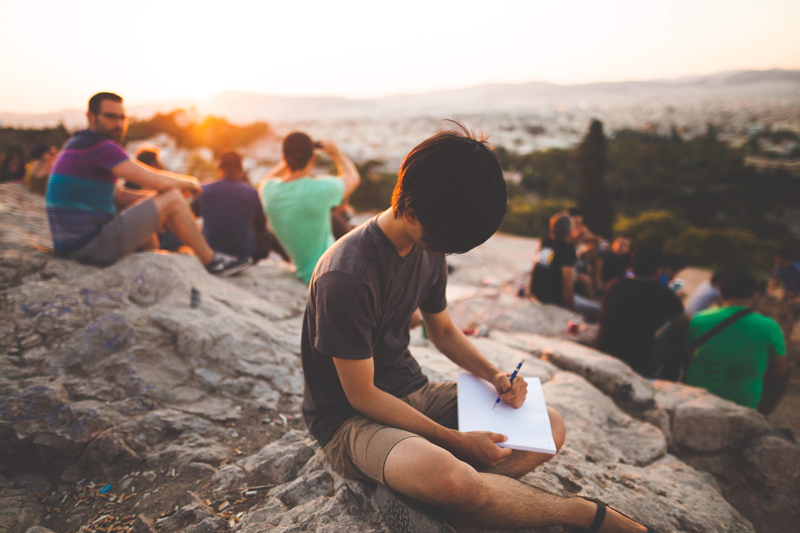
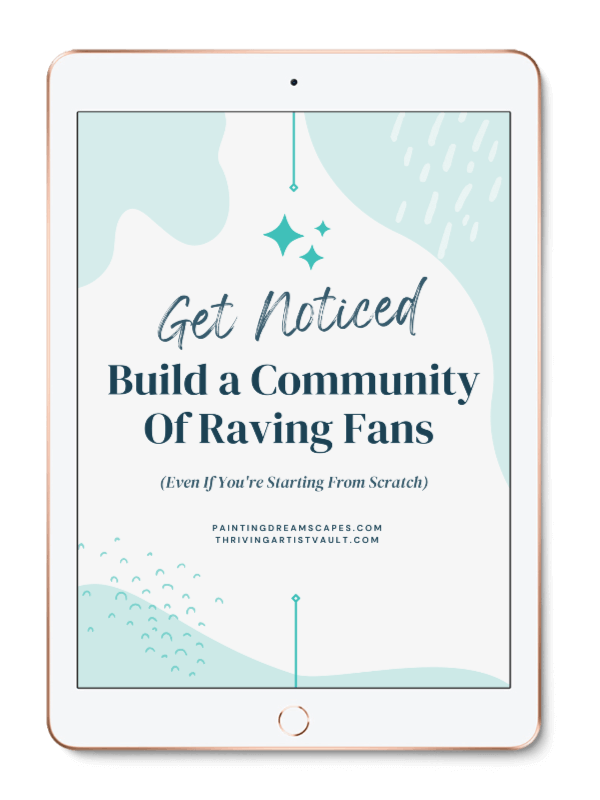
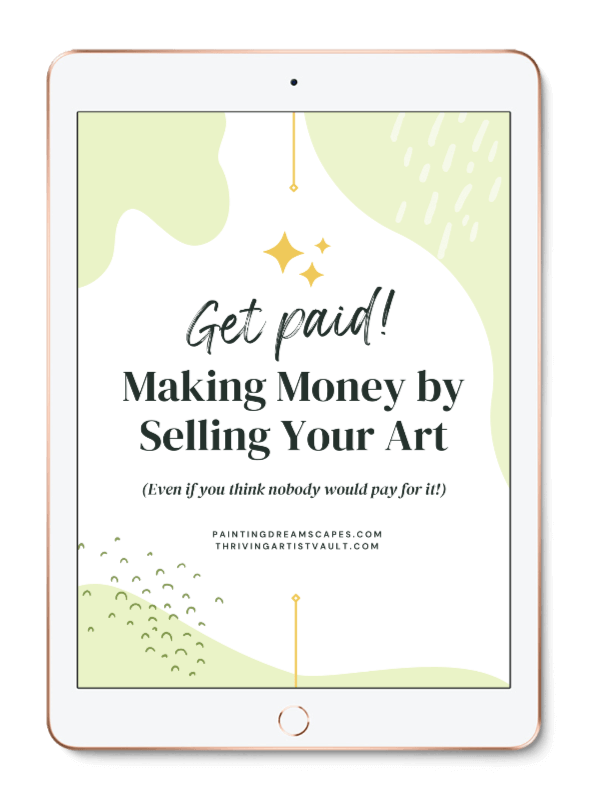
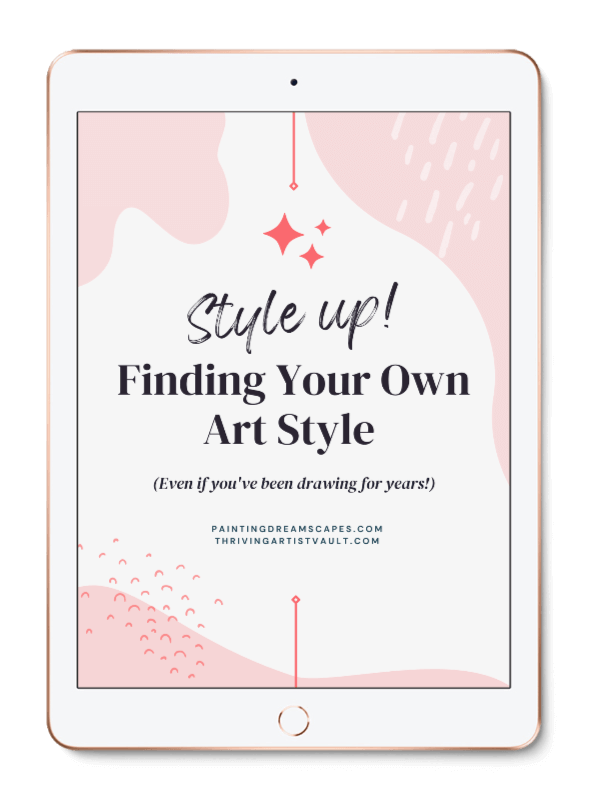
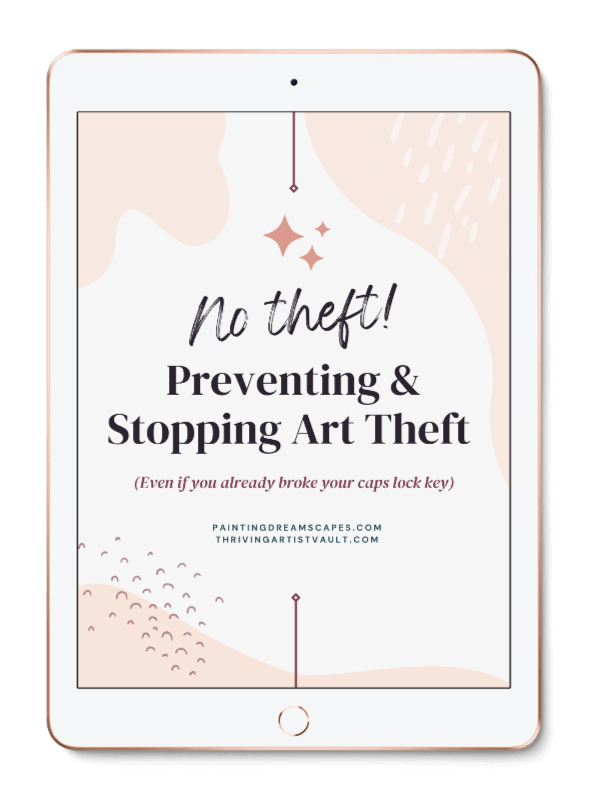
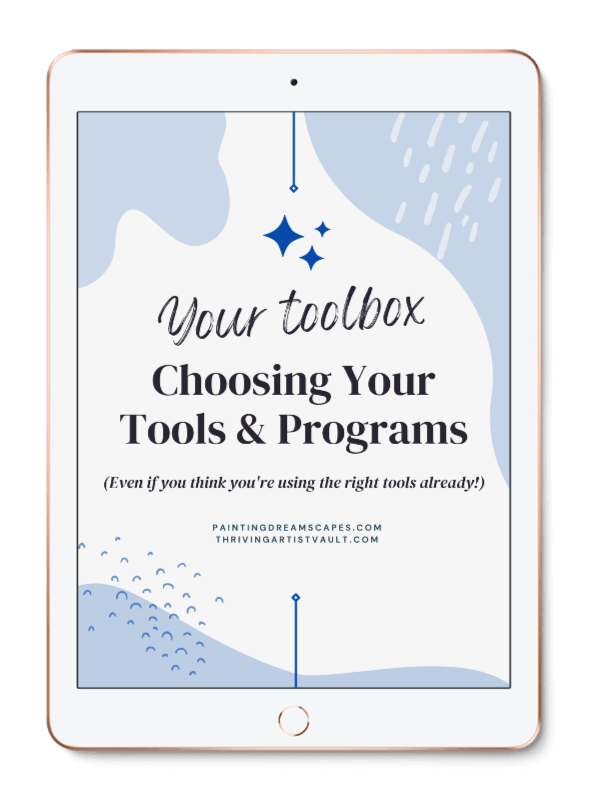
This post is super helpful & professional!! As a photographer and blogger I know how important it is to know the EXACTE rules. Pinned it!
Thank you, Tamar! I agree, it’s so important and yet not many people talk about this to the newbies. So they end up getting in more trouble than they bargained for. Thanks for sharing it 😀 <3
This article is great. What is your opinion of creating art using how-to-draw books? I strongly feel like I shouldn’t post what I learn from those books online since they are so similar to the original characters in those books but they ARE how-to-draw books so I am conflicted.
Hey Dana! Thank you for sharing your thoughts with me! I think if you make the drawing different enough from the original in the book (ie. changing clothes, hairstyles, etc.) and you credit the book for guiding you you should be fine. You’re right that the book is meant to be used to teach you to draw, but you’ll also want to add your own twist to it and not just redraw the same exact thing as you won’t learn much from doing just that 🙂
Hey,
I just wanted to say this post is so important and contains useful tips!
As a blogger I so agree with all of what you said, and thank you for sharing that 🙂
Thank you so much, Katya! Appreciate your support! 🙂
thank you sir
Best article about this topic I have read so far! Thank you for this informative blog post! Love it.
Thank you for reading! 😀